Home>Home Appliances>Kitchen Appliances>What Are The Parts Of An Espresso Machine


Kitchen Appliances
What Are The Parts Of An Espresso Machine
Modified: August 16, 2024
Discover the essential parts of an espresso machine and how they work. Explore the components of these kitchen appliances for the perfect brew.
(Many of the links in this article redirect to a specific reviewed product. Your purchase of these products through affiliate links helps to generate commission for Storables.com, at no extra cost. Learn more)
Introduction
Espresso machines are a beloved staple in many kitchens, offering the ability to craft delicious, aromatic coffee beverages with the simple push of a button. These machines are marvels of engineering, comprising several essential parts that work together seamlessly to produce that perfect cup of espresso. Understanding the various components of an espresso machine not only allows for a deeper appreciation of its inner workings but also provides insight into how to maintain and troubleshoot these appliances.
In this comprehensive guide, we will explore the fundamental parts of an espresso machine, shedding light on their functions and significance in the coffee-making process. Whether you are a passionate coffee enthusiast or a curious homeowner looking to understand your appliance better, this exploration will equip you with valuable knowledge about the intricate world of espresso machines.
Key Takeaways:
- 1. Espresso machines have essential parts like the boiler, portafilter, and steam wand, each playing a unique role in creating the perfect shot of espresso. Understanding these components enhances the coffee-making experience.
- 2. The control panel empowers users to customize their espresso experience, from adjusting temperature to programming shot volumes. Each part contributes to the artistry of brewing espresso, enriching the coffee journey.
Read more: What Is An Espresso Machine
Boiler
The boiler is the heart of an espresso machine, responsible for heating and maintaining the water at the optimal temperature for brewing espresso. Typically made of stainless steel or copper, the boiler comes in two main types: single boiler and dual boiler.
The single boiler system uses one boiler to heat water for both brewing espresso and steaming milk. While cost-effective, this design requires the user to wait for the boiler to reach the appropriate temperature for steaming after brewing espresso, and vice versa. On the other hand, dual boiler machines feature separate boilers for brewing and steaming, allowing for simultaneous operation and consistent temperature control for each function.
Within the boiler, a heating element, often made of metal alloy, heats the water to the desired temperature. Once the water reaches the set temperature, a thermostat or electronic control system regulates the heat to maintain the water at the perfect brewing temperature, typically around 195-205°F (90-96°C).
It’s important to note that some advanced espresso machines incorporate a heat exchange system within the boiler, enabling simultaneous brewing and steaming without the need for separate boilers. This system uses a single boiler but utilizes a heat exchanger to ensure that the water used for brewing remains at the ideal temperature while allowing for steam production.
Overall, the boiler plays a pivotal role in the espresso-making process, ensuring that the water is consistently heated to the optimal temperature for extracting the rich flavors and aromas from the coffee grounds, resulting in a delightful cup of espresso.
Portafilter
The portafilter is a crucial component of an espresso machine, serving as the vessel that holds the coffee grounds and facilitates the brewing process. Typically made of metal, such as stainless steel or aluminum, the portafilter is designed to withstand the high pressure and temperature involved in espresso extraction.
There are two primary types of portafilters: pressurized and non-pressurized. Pressurized portafilters contain a built-in pressure valve that helps create crema, the golden-brown foam that tops a well-brewed espresso. These portafilters are often favored by beginners or those using pre-ground coffee, as they can compensate for inconsistencies in grind size and tamping pressure. On the other hand, non-pressurized portafilters rely solely on the user’s technique and the quality of the coffee grounds to produce crema, making them popular among experienced baristas seeking greater control over the brewing process.
At the bottom of the portafilter is the filter basket, which holds the coffee grounds during extraction. These baskets come in various sizes, typically ranging from single shot to double shot capacities, allowing users to customize their espresso volume based on their preferences. Additionally, some espresso machines offer pressurized filter baskets, which work in conjunction with pressurized portafilters to aid in crema production.
When preparing espresso, the portafilter is locked into the group head of the espresso machine. This action creates a seal, ensuring that the pressurized water from the boiler flows through the coffee grounds at the ideal rate and pressure, extracting the flavors and oils to produce a rich, aromatic shot of espresso.
As a quintessential part of the espresso-making process, the portafilter demands attention to detail and precision, making it an integral element in the pursuit of crafting the perfect espresso shot.
Group Head
The group head is a vital component of an espresso machine, acting as the gateway through which pressurized water from the boiler is distributed to the coffee grounds in the portafilter. This critical part is responsible for maintaining consistent temperature and pressure during the brewing process, ultimately influencing the quality and flavor of the espresso shot.
Commonly constructed from brass or stainless steel, the group head is designed to withstand high temperatures and pressure. It typically features a handle or lever that allows the user to lock the portafilter securely in place, creating a sealed environment for the extraction process. The group head also contains a gasket to ensure a tight seal, preventing water from leaking during brewing.
One of the key functions of the group head is to distribute hot water evenly over the coffee grounds in the portafilter, promoting uniform extraction and enhancing the consistency of the espresso shot. Additionally, the group head facilitates the regulation of water flow and pressure, crucial factors in achieving the desired flavor profile and crema in the espresso.
Espresso machines may feature different types of group heads, such as E61, saturated, or thermosyphon group heads, each with unique characteristics and performance attributes. For instance, E61 group heads are renowned for their thermal stability and are commonly found in high-end espresso machines, ensuring a consistent brewing temperature for optimal extraction.
Furthermore, the design of the group head often incorporates intricate internal pathways and chambers to facilitate the distribution of water and steam, contributing to the overall efficiency and reliability of the brewing process.
Ultimately, the group head serves as the nexus of espresso extraction, where water, heat, and pressure converge to transform finely ground coffee into a delightful and aromatic espresso shot, making it an indispensable element in the espresso machine’s repertoire.
Steam Wand
The steam wand, also known as a frother or steaming arm, is a pivotal feature of espresso machines, particularly those equipped with the capability to produce steamed or frothed milk for a variety of coffee beverages. This component plays a central role in creating the creamy, velvety texture of milk-based drinks such as cappuccinos, lattes, and macchiatos.
Constructed from durable stainless steel, the steam wand extends from the espresso machine and is designed to withstand high temperatures and pressure. It features a nozzle at the end that releases steam when activated, allowing users to heat and froth milk to their desired consistency.
When using the steam wand, the user positions the tip of the wand just below the surface of the milk in a pitcher and activates the steam function. As steam is released, it introduces heat and creates microfoam by incorporating air into the milk, resulting in a creamy, frothy texture. The ability to control the steam pressure and wand positioning is crucial in achieving the desired milk texture, whether it’s silky microfoam for lattes or thick, dense foam for cappuccinos.
Some espresso machines are equipped with dual-function wands, offering the flexibility to produce both steam and hot water for brewing tea or Americanos. This versatility enhances the overall utility of the espresso machine, catering to a wider range of beverage preferences.
Proper care and maintenance of the steam wand are essential to ensure optimal performance and hygiene. Regularly purging the wand with steam and wiping it clean after each use prevents milk residue from accumulating and clogging the nozzle, preserving the wand’s functionality and hygiene standards.
For coffee enthusiasts who appreciate the art of creating specialty coffee beverages, the steam wand serves as a gateway to a myriad of delightful concoctions, enriching the espresso experience with its milk-steaming capabilities and the potential for artistic latte art.
Regular cleaning and maintenance of the group head, portafilter, and steam wand are essential to keep your espresso machine in good working condition and ensure the quality of your coffee.
Read more: What To Use In A Parts Washer
Water Reservoir
The water reservoir is a fundamental component of an espresso machine, serving as the storage vessel for the water used in the brewing and steaming processes. This reservoir, typically located at the rear or side of the machine, is designed to hold an ample supply of water, ensuring uninterrupted operation and convenience for the user.
Espresso machines feature water reservoirs of varying capacities, ranging from compact, single-serve models with smaller reservoirs to larger, high-capacity units suitable for frequent use or commercial settings. The reservoirs are often removable, allowing for easy refilling and cleaning, and are crafted from durable, food-grade materials such as BPA-free plastic or, in some premium models, transparent glass or acrylic for a sleek, modern aesthetic.
Some advanced espresso machines incorporate additional features within the water reservoir, such as built-in water filters or sensors that monitor water levels and quality. Water filtration systems help remove impurities and enhance the taste and aroma of the espresso, while level sensors provide convenient indicators to alert users when the reservoir requires refilling.
Regular maintenance of the water reservoir is essential to ensure the quality and purity of the water used in brewing espresso. Periodic cleaning and descaling help prevent mineral buildup and microbial contamination, safeguarding the reservoir and the overall espresso machine from potential issues and ensuring the delivery of consistently delicious coffee beverages.
For espresso enthusiasts seeking the utmost convenience, some espresso machines offer the option for direct water line connection, eliminating the need to manually refill the reservoir and providing a continuous water supply for seamless operation, particularly in commercial or high-traffic environments.
Overall, the water reservoir stands as a cornerstone of the espresso machine, providing the essential element for brewing espresso and steaming milk, while also accommodating additional features to enhance the user experience and maintain the quality of the coffee-making process.
Pump
The pump is a vital component of an espresso machine, responsible for generating and regulating the pressure required to extract the rich flavors and aromas from the coffee grounds during the brewing process. This integral part plays a pivotal role in delivering the perfect shot of espresso with consistency and precision.
Espresso machines commonly utilize one of two types of pumps: vibratory pumps or rotary pumps. Vibratory pumps, often found in home espresso machines, operate by using a diaphragm and electromagnet to create the necessary pressure for brewing. They are known for their compact size, energy efficiency, and suitability for smaller-scale applications. On the other hand, rotary pumps, prevalent in commercial-grade espresso machines, utilize rotating components to generate pressure, offering enhanced reliability and performance for high-volume settings.
Regardless of the pump type, the key function is to maintain consistent pressure during the brewing process, typically in the range of 9 to 15 bars, ensuring optimal extraction of flavors and the formation of crema. The pump delivers pressurized water from the boiler to the group head, where it flows through the coffee grounds in the portafilter, initiating the extraction process.
Pump performance is crucial in achieving the desired espresso characteristics, as variations in pressure can significantly impact the flavor, body, and overall quality of the shot. Modern espresso machines often feature adjustable pump settings, allowing users to fine-tune the pressure according to their preferences and the specific coffee beans being used, offering a level of customization in the brewing process.
Furthermore, the reliability and durability of the pump are essential considerations, particularly in commercial or high-traffic environments where the espresso machine undergoes continuous use. Regular maintenance, including periodic descaling and pump inspections, helps ensure consistent performance and longevity, safeguarding the pump’s efficiency and the overall quality of the espresso machine.
Ultimately, the pump stands as a cornerstone of the espresso-making process, providing the essential force that drives the extraction of espresso, underscoring its significance in delivering the perfect cup of coffee with each brewing cycle.
Control Panel
The control panel of an espresso machine serves as the central interface through which users interact with and customize various brewing parameters, ultimately shaping the characteristics of the espresso shot. This essential component integrates intuitive controls, displays, and settings that empower users to tailor their coffee-making experience to their preferences with precision and ease.
Modern espresso machines often feature electronic control panels equipped with user-friendly interfaces, including buttons, dials, and digital displays. These interfaces provide access to an array of functions, such as adjusting brewing temperature, selecting shot volumes, activating pre-infusion, and programming milk frothing settings, offering a high degree of customization and control over the brewing process.
One of the key features found on many espresso machine control panels is the ability to program shot volumes and extraction times, allowing users to tailor their espresso shots to specific volumes and extraction durations. This level of customization enables consistency in shot production and facilitates the creation of personalized coffee beverages.
Furthermore, advanced espresso machines often incorporate PID (Proportional-Integral-Derivative) controllers within the control panel, providing precise temperature regulation for the brewing process. PID controllers offer enhanced temperature stability, ensuring that the water used for extraction remains at the optimal temperature range, a critical factor in achieving the desired flavor profile and consistency in espresso shots.
Some espresso machines also feature one-touch or programmable settings for popular coffee beverages, such as cappuccinos or lattes, streamlining the brewing process and enhancing user convenience. These settings automate the brewing and milk-steaming processes, simplifying the creation of complex coffee drinks without compromising quality.
For espresso enthusiasts seeking the utmost control and flexibility, manual espresso machines may feature traditional lever-operated controls, providing a hands-on approach to the brewing process, allowing users to directly regulate the pressure and flow of water during extraction, resulting in a more artisanal and customizable espresso experience.
Ultimately, the control panel stands as the gateway to a personalized and tailored coffee-making journey, offering users the tools and features to craft exquisite espresso shots and specialty coffee beverages according to their unique preferences and tastes.
Conclusion
Exploring the intricate parts of an espresso machine unveils the remarkable engineering and craftsmanship behind these beloved coffee-making appliances. From the boiler, which serves as the heart of the machine, to the group head, steam wand, and control panel, each component plays a pivotal role in the art of brewing espresso and crafting delightful coffee beverages.
The boiler stands as the source of consistent heat and water temperature, essential for extracting the rich flavors and aromas from finely ground coffee. Meanwhile, the portafilter and group head work in unison to create a sealed environment for the extraction process, ensuring even water distribution and pressure regulation for a perfect shot of espresso.
For those who savor milk-based coffee drinks, the steam wand adds a layer of versatility and creativity, allowing for the creation of velvety microfoam and the artful presentation of specialty beverages. The water reservoir provides the essential supply for brewing, while the pump generates the necessary pressure to initiate the extraction process, culminating in the formation of crema and the infusion of nuanced flavors into the espresso shot.
Embracing technological advancements, the control panel empowers users with a spectrum of customization options, from adjusting brewing temperatures to programming shot volumes and milk frothing settings, offering a personalized and tailored coffee-making experience.
As we conclude this journey through the parts of an espresso machine, it becomes evident that each component contributes to the symphony of flavors and the artistry of coffee craftsmanship. Whether it’s the pursuit of the perfect crema, the exploration of latte art, or the joy of savoring a meticulously crafted espresso shot, understanding the intricacies of these components enriches the coffee-making experience and deepens the appreciation for the beloved ritual of brewing espresso.
So, as you embark on your next coffee adventure, may the knowledge of these espresso machine parts serve as a guide, enhancing your journey and inspiring the creation of exceptional coffee moments, one perfectly brewed shot at a time.
Frequently Asked Questions about What Are The Parts Of An Espresso Machine
Was this page helpful?
At Storables.com, we guarantee accurate and reliable information. Our content, validated by Expert Board Contributors, is crafted following stringent Editorial Policies. We're committed to providing you with well-researched, expert-backed insights for all your informational needs.
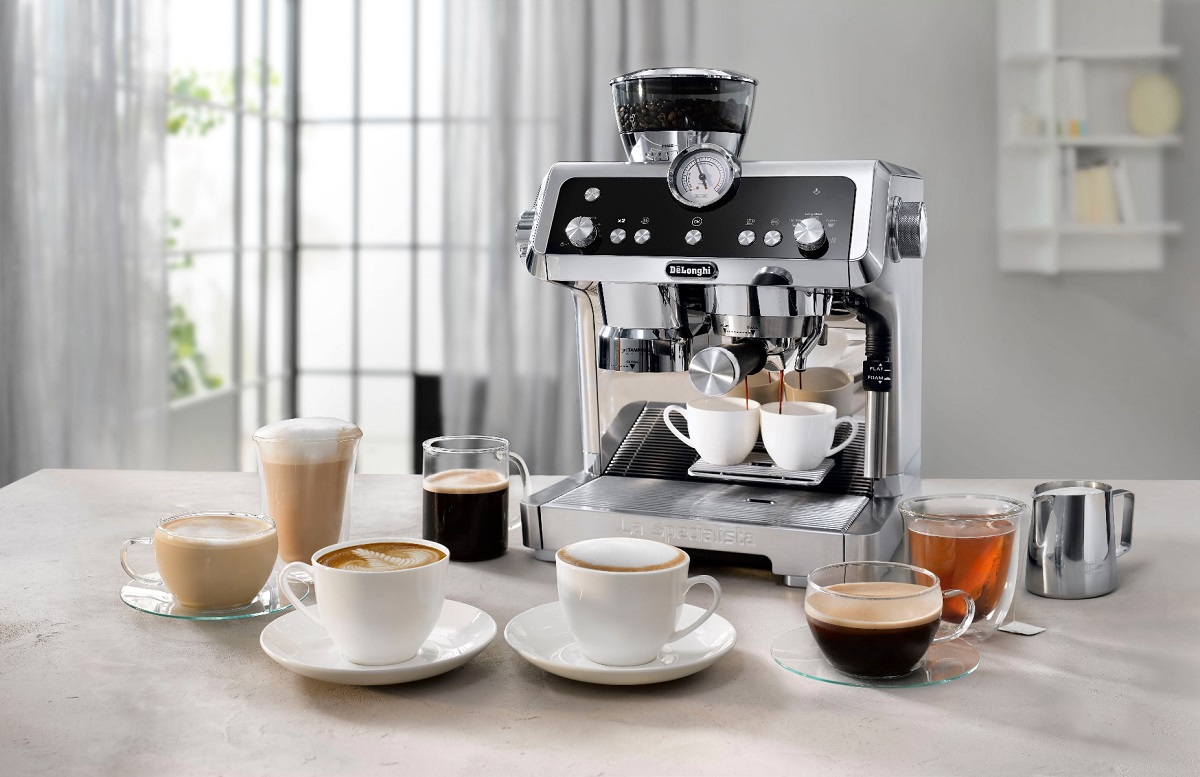
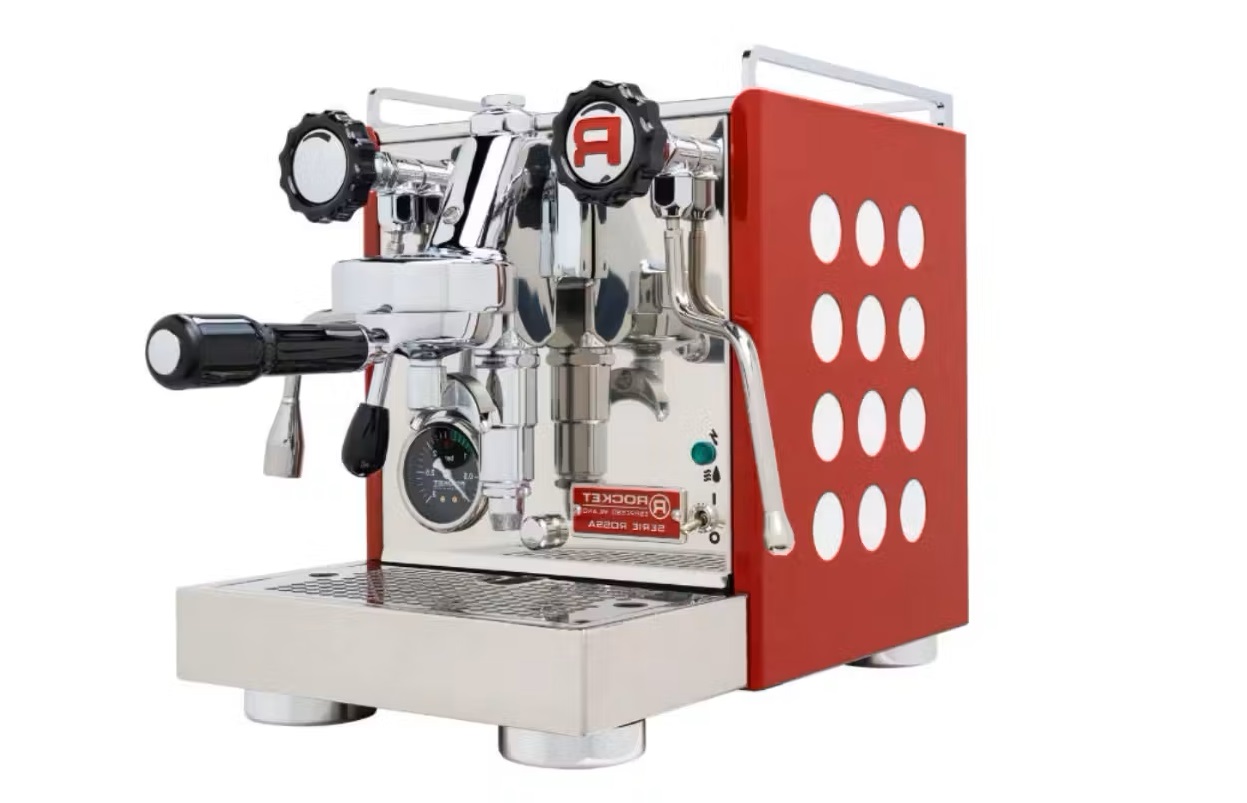

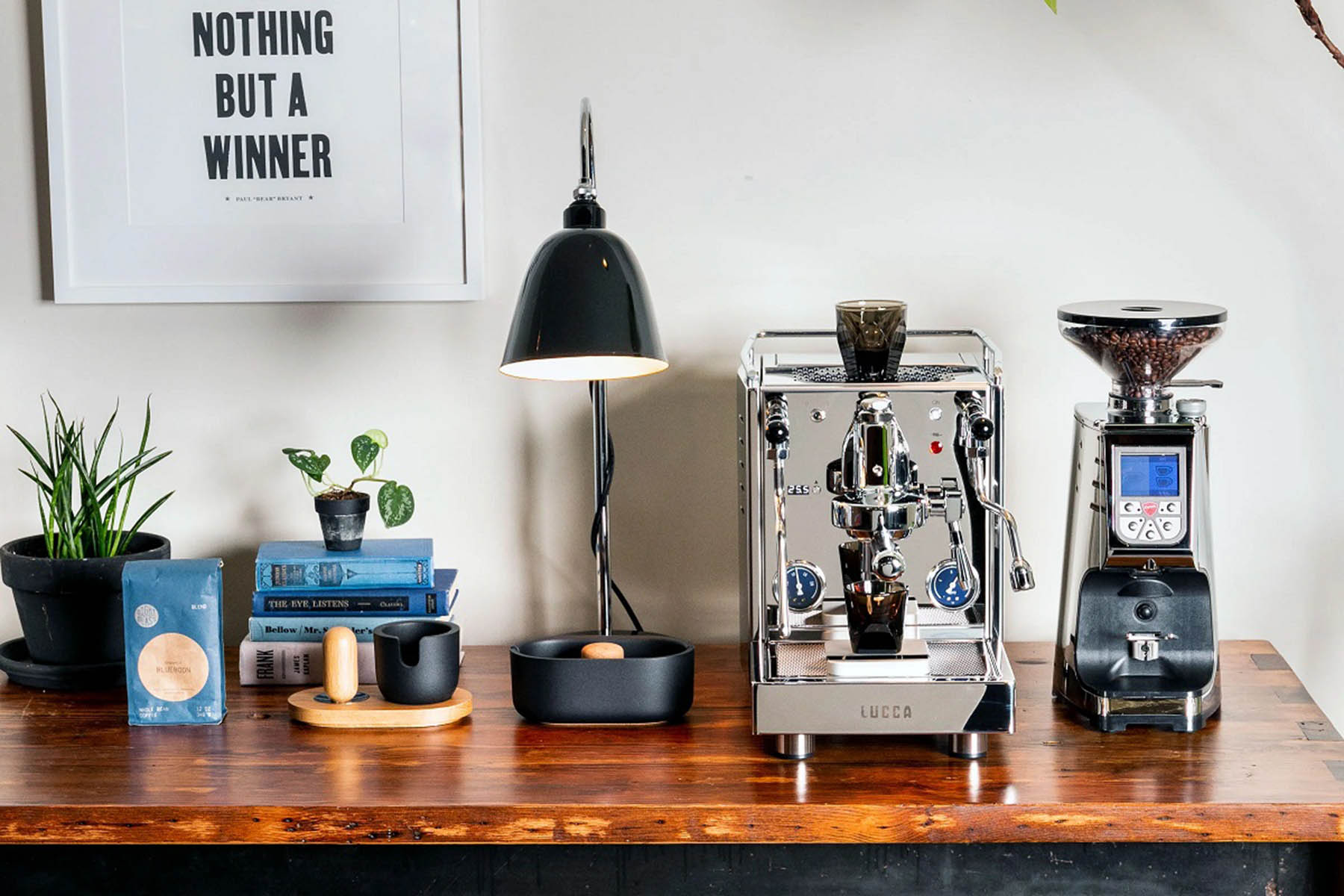
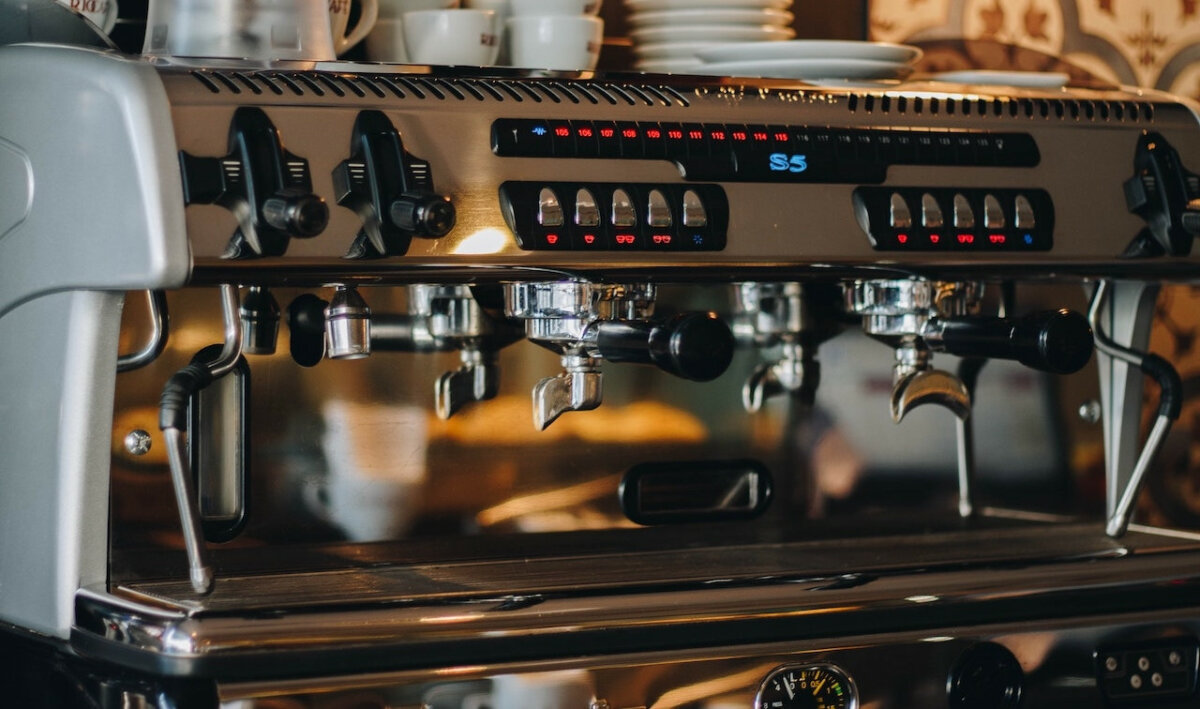
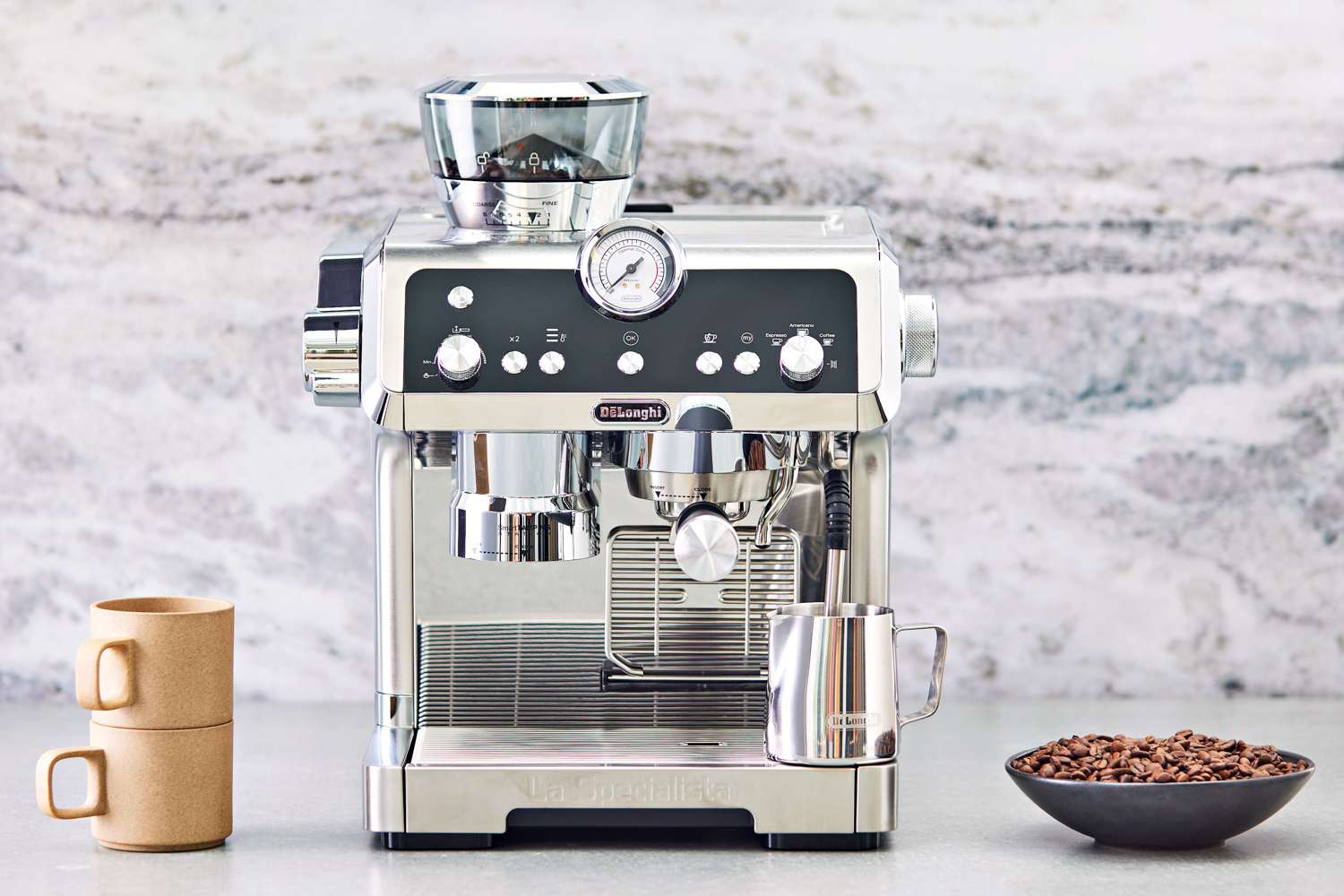
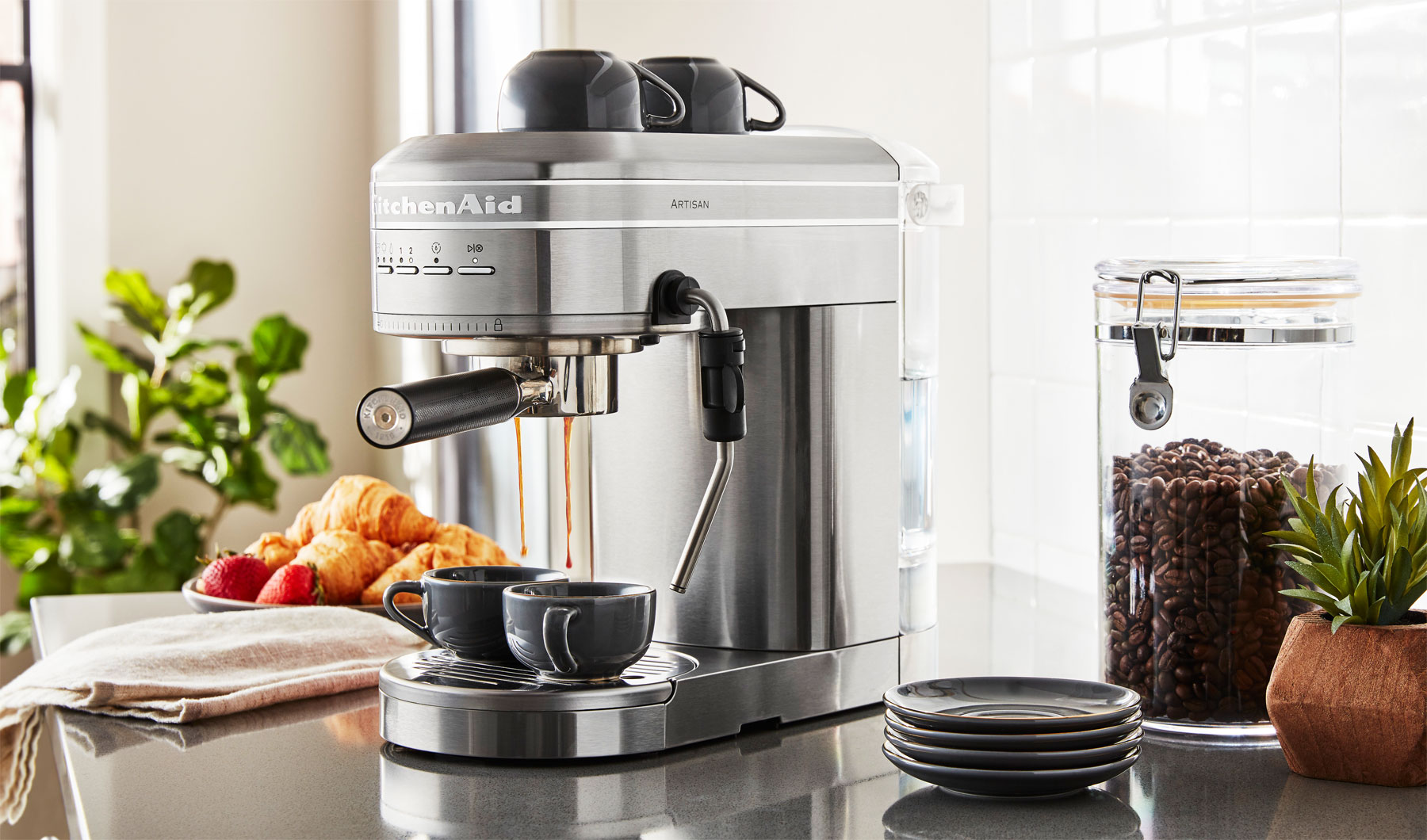
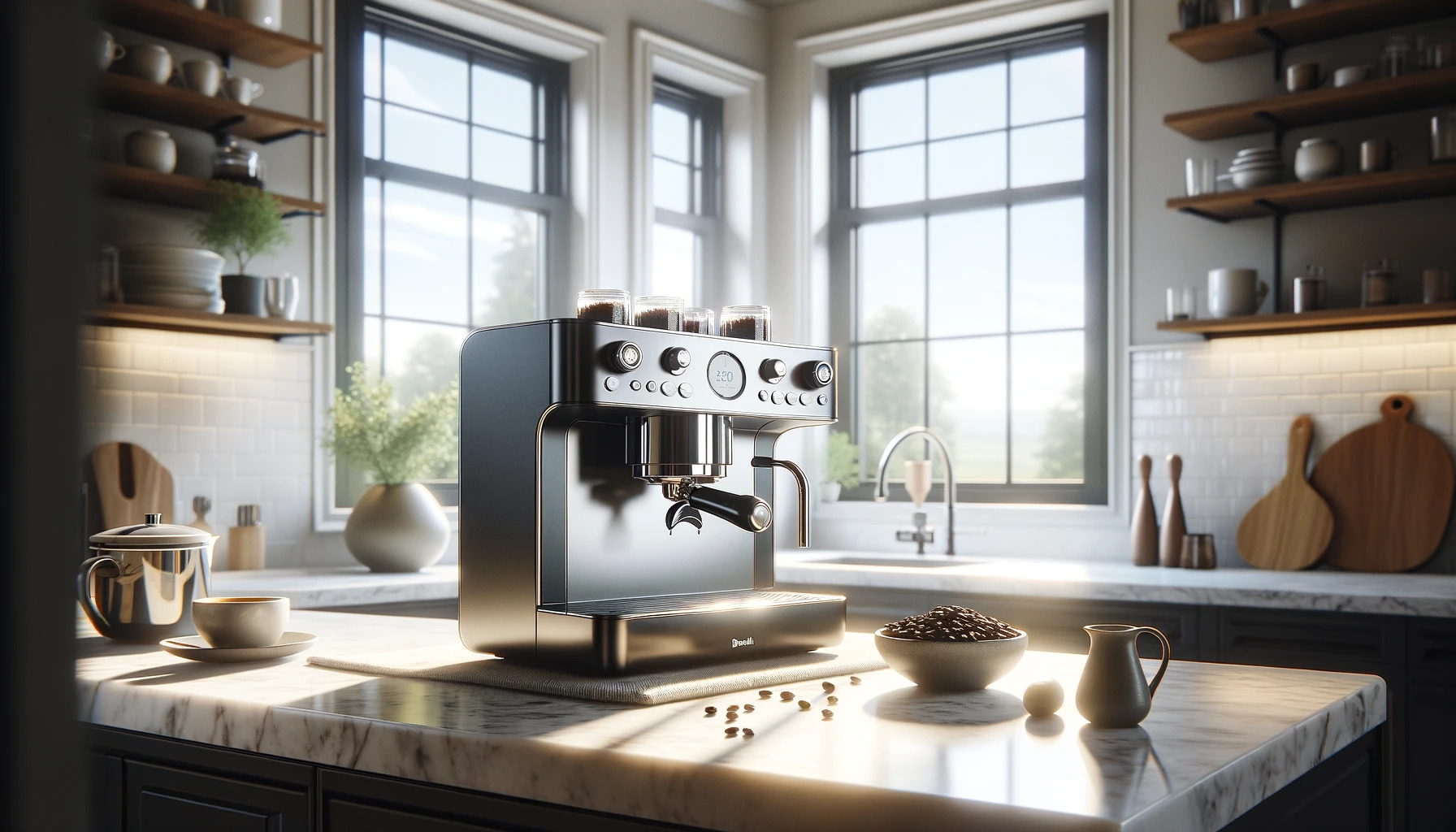
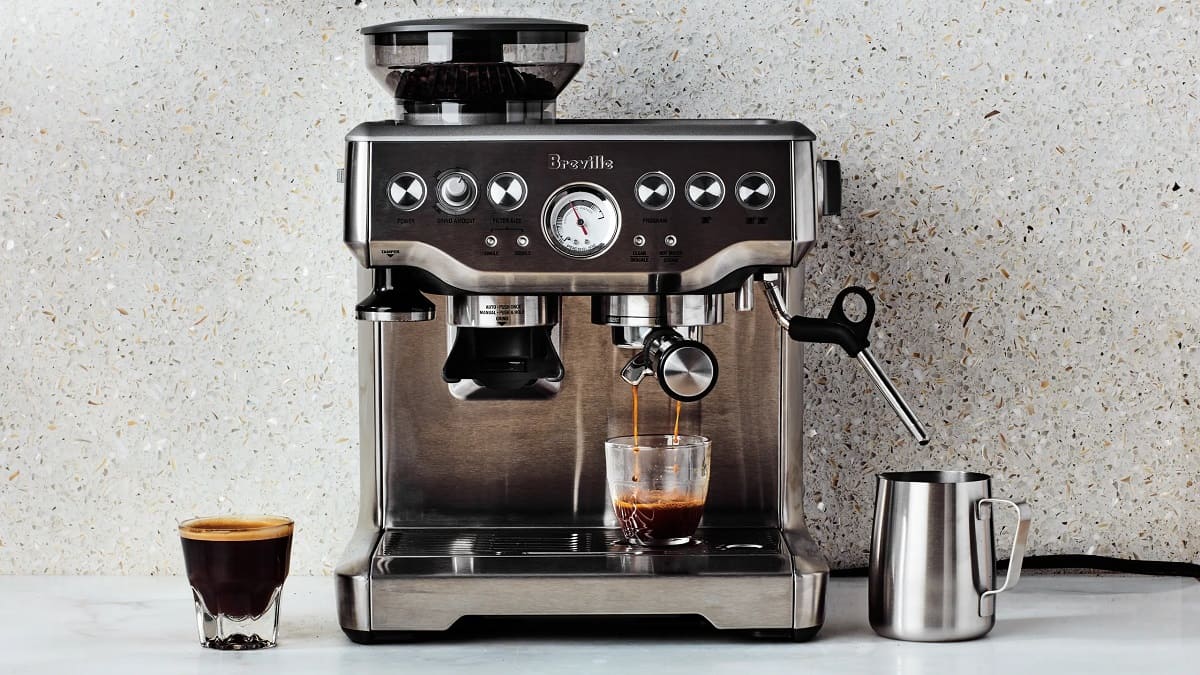
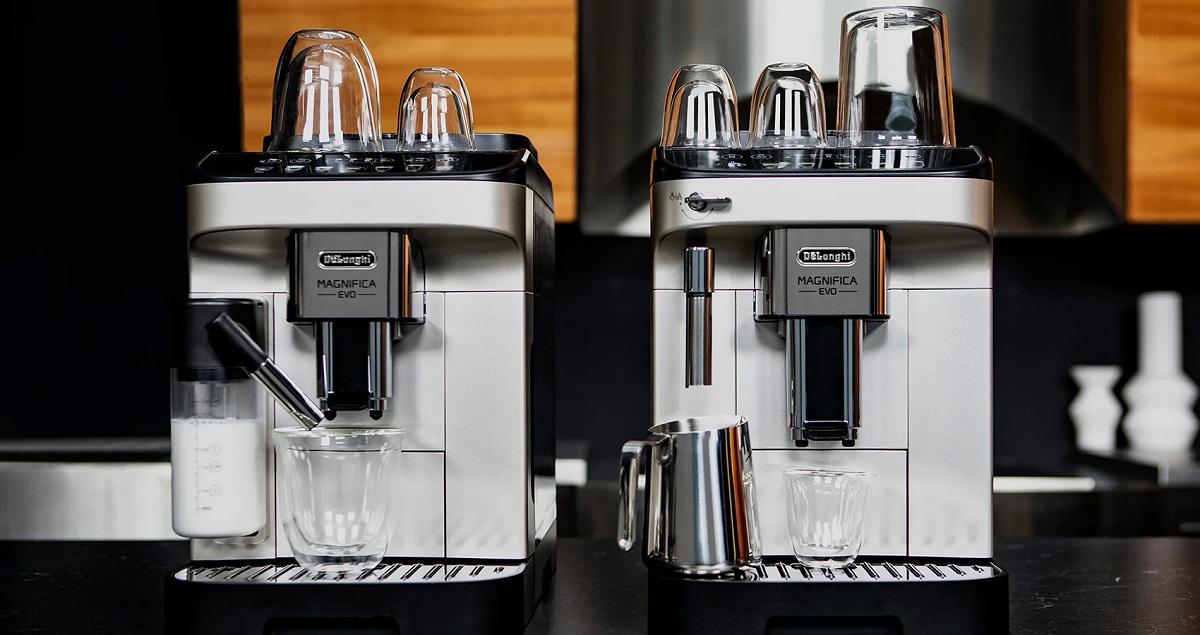
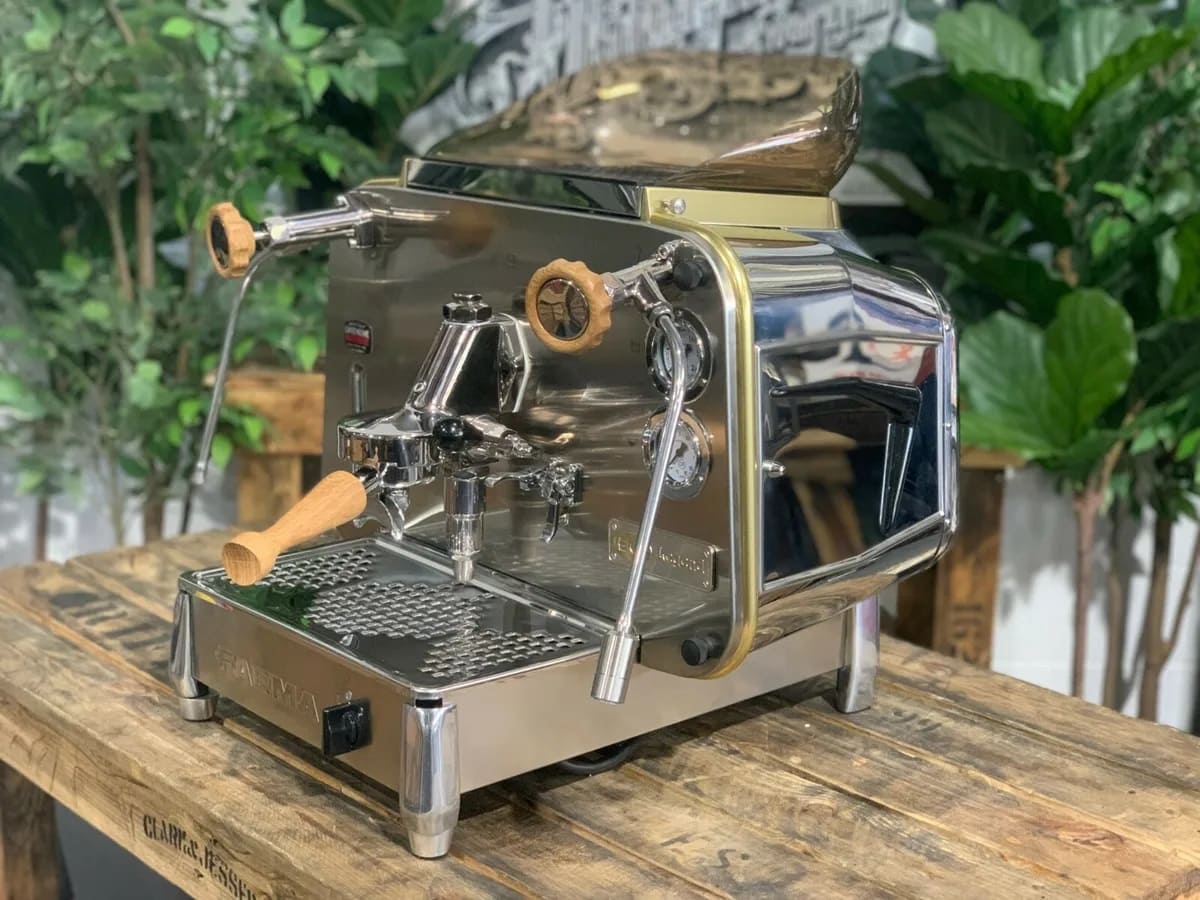

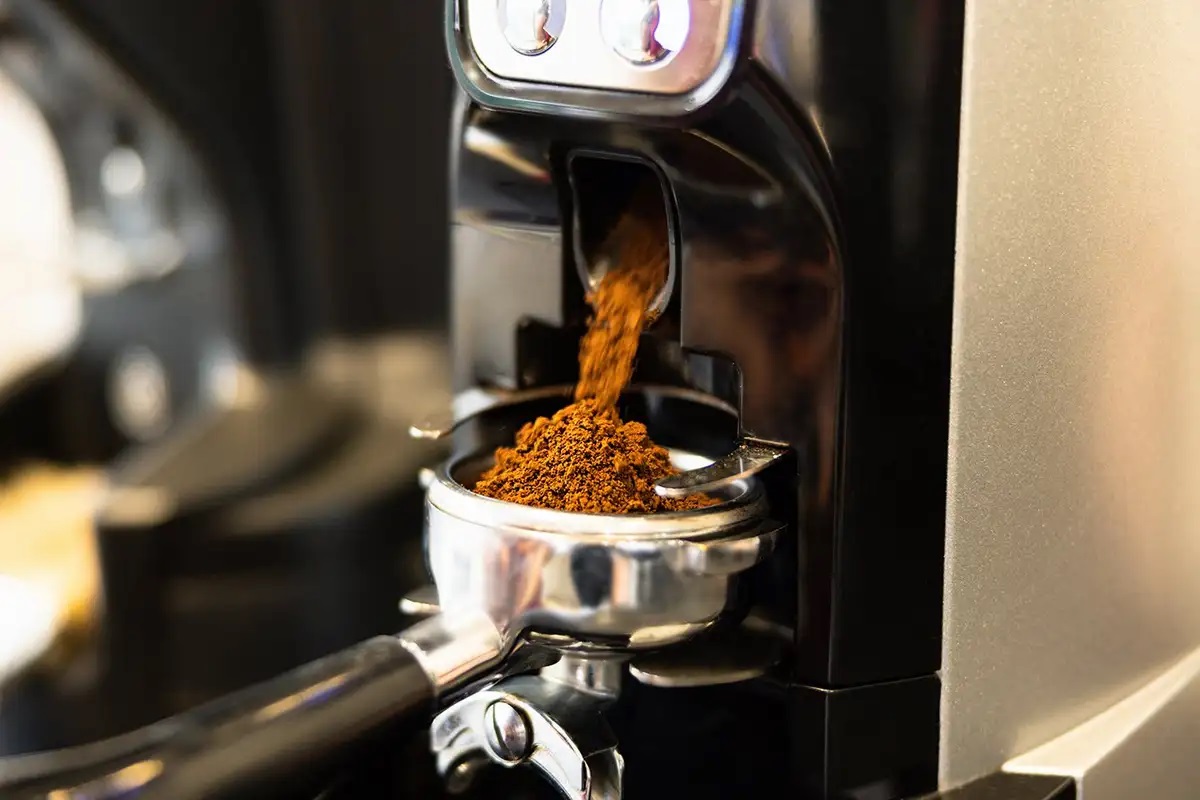
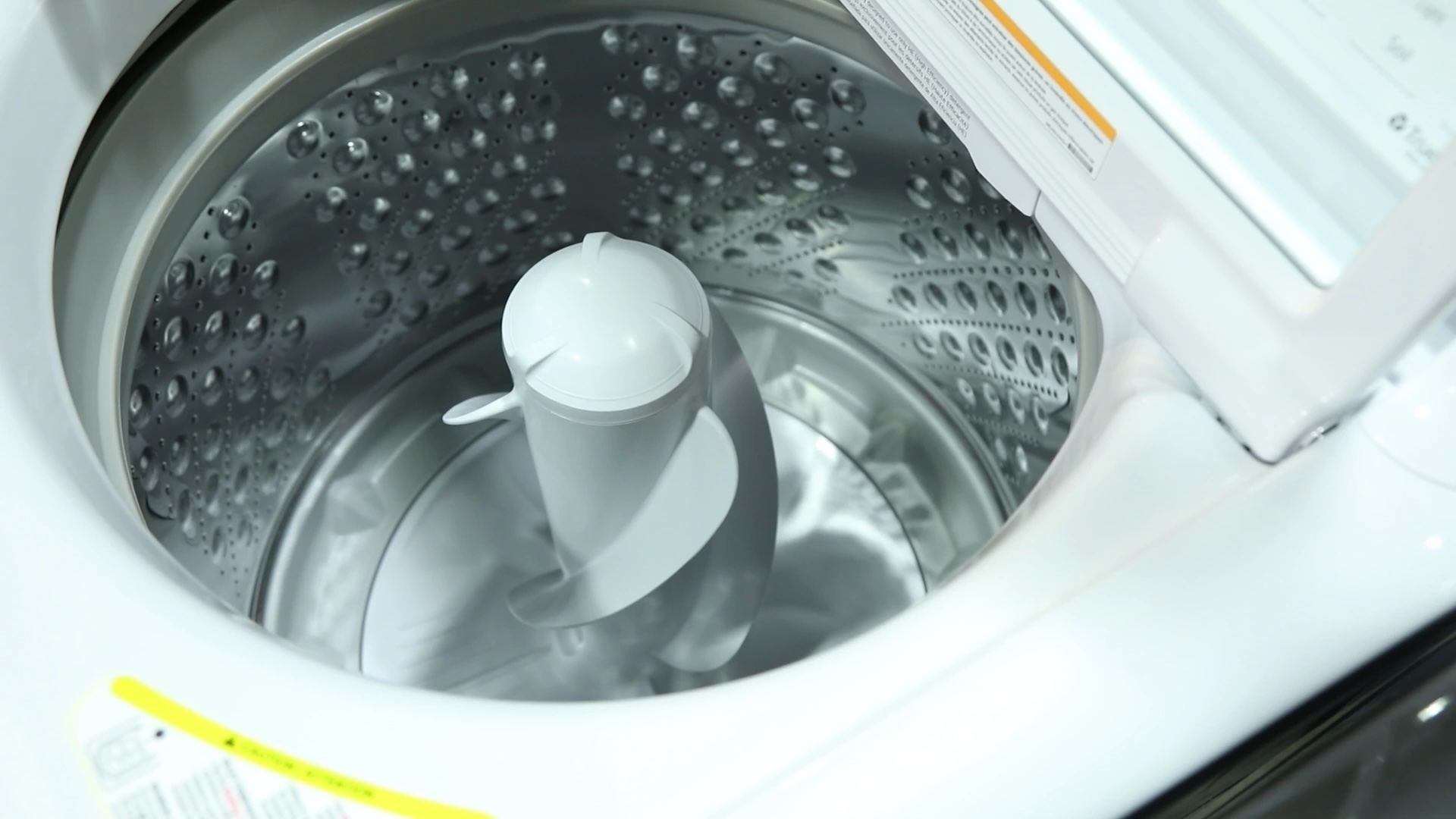

0 thoughts on “What Are The Parts Of An Espresso Machine”